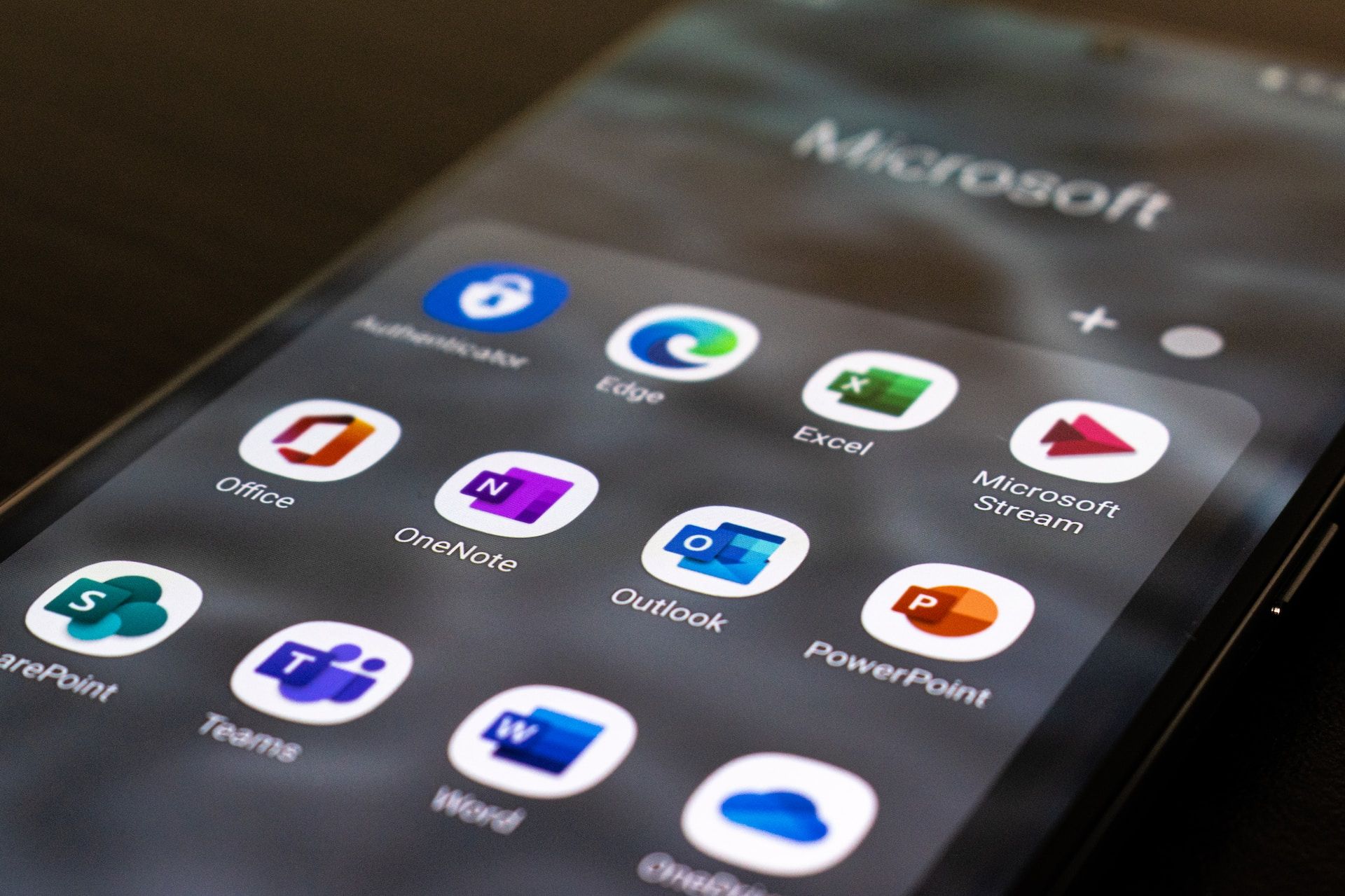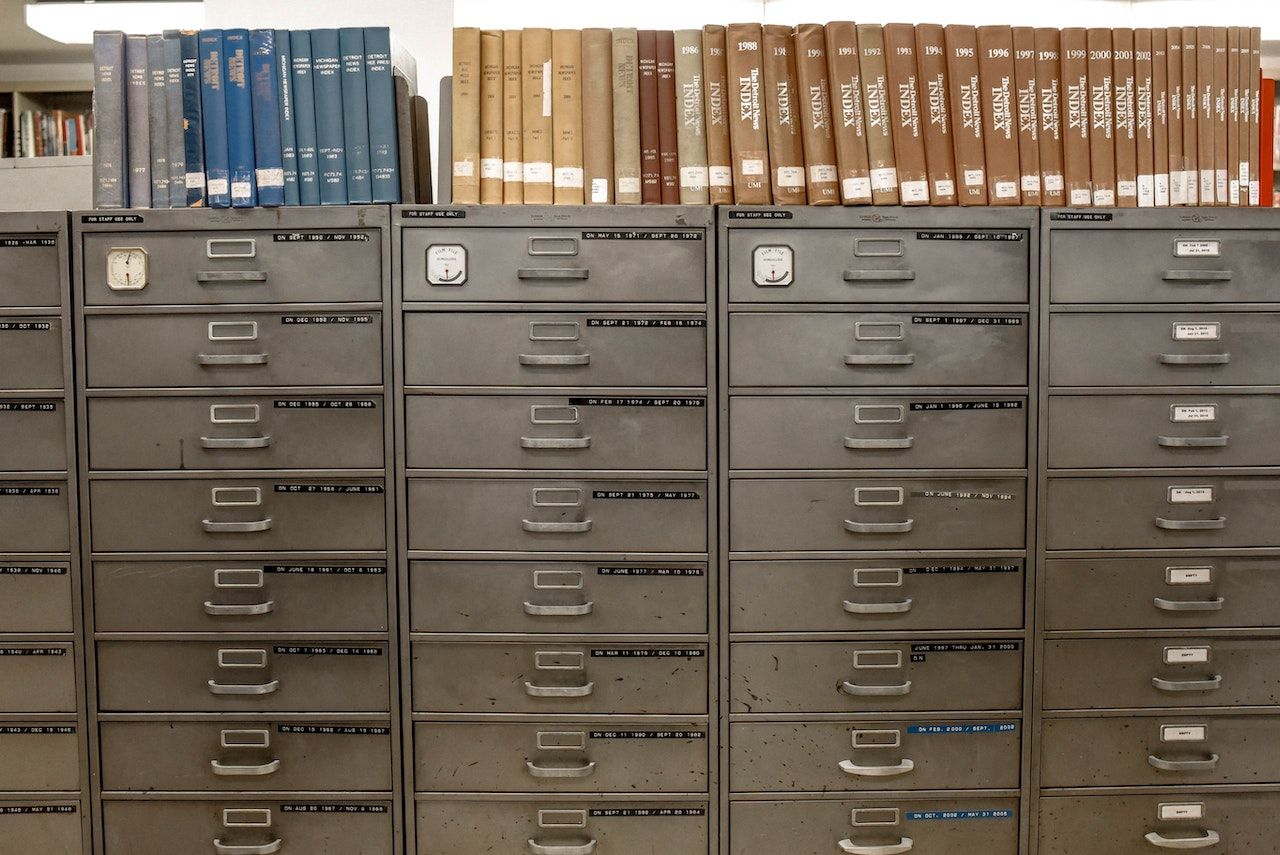
Interplanetary Internet?
KyleEberly
We’ve all read the books and seen the movies/tv shows where people are earth are communicating with people on another planet via beautiful HD video. Now don’t get too excited, we are not there yet, but Vint Cerf, who is known as the Father of the Internet do to his work in developing TCP/IP protocols, has been working on expanding his creation to the edges of space since 1998. This is just as difficult as it sounds but Cerf and his colleagues have made some astounding progress. Initially they looked at using TCP/IP protocols for interplanetary communication but they soon found out that it simply was not possible.
There are many reasons for this, the first one being simply the distance that the packets of information have to travel. It can take anywhere from 4-20 minutes for a one way signal to reach Mars from Earth. The other is that Mars like Earth has a planetary orbit so if you are trying to send a signal to somewhere on the other side of Mars it will fail because you will have no connection. This is an issue because using TCP/IP protocols if a packet cannot be delivered it is simply discarded. It would be like opening Chrome, typing “google.com” in the address bar and waiting for 80 minutes for it to tell you that the address you are trying to reach is unavailable.
Cerf realized that it simply was not practical to try to adapt TCP/IP for interplanetary data transmission so he and his colleagues developed a new set of protocols known as the Bundle protocols. The way it works is similar to TCP/IP in that it sends out bundles of information similar to the packets we use every day while traversing the internet, however there are a couple of key differences. First off they are typically much larger amounts of data due to the fact that they are comprised of many smaller amounts of data put together into one large bundle.
The second way and main reason this is a viable option is that if the bundle cannot contact the location it is trying to reach instead of being discarded, it will be stored at the last reachable location until its destination becomes available. These points are called Store-Forward relays and can be any satellite or other piece of technology that has the correct software and proper storage capacity for the data. Both the Spirit and Opportunity rovers that landed on Mars used these protocols and nearly all of the information that comes back from Mars uses this method.
If you do not have a basic understanding of how the internet works you may be scratching your head right now, but it is really very simple. Say you open a web browser and navigate to “eberlysystems.com”. What just happened was your web browser sent out a request to the server hosting the Eberly Systems website to be allowed to view its contents and then the server sent a response to the browser. However, your computer is not going to a have a direct connection to the Eberly Systems server so it is going to be routed through any number of other servers until it reaches its destination. Think of it like following direction on your GPS, each turn is another point in the connection between your computer and the destination server. Now it is a little more complicated than that but for sanities sake I will keep it simple.
The GPS analogy is not perfect but bear with me and you should get the idea. So you go ahead and send out your data from Earth headed to Mars and it begins to follow the GPS’s rout, however suddenly it reaches one of the points along that rout and the reception is lost so the GPS stops working. Your data now has no idea how to reach the next point on its journey. If you are using the Bundle protocols everything will be fine, you simply pull over and wait until your GPS has acquired reception and then continue on your way, however if you are using TCP/IP protocols once you lose signal your car explodes and the data is gone forever. Get it?
So what does all this mean? Well it means while you may not be able to chat in real time with your friend on mars it does mean that if you record a video of yourself you can send it to them and they will receive it. It may take a little time for it to get there but think about it, it’s going to Mars! This is pretty spectacular stuff. That video you sent out will travel from relay to relay throughout the milky-way until it reaches its destination 50 Million km away! While this technology is still in prototype and relatively new it is easy to see how this will open up greater opportunities for us to gain knowledge of space. The possibilities are as endless and they are exciting, the future is continuing to become the present.
More Information can be found here – http://www.wired.com/wiredscience/2013/05/vint-cerf-interplanetary-internet/












